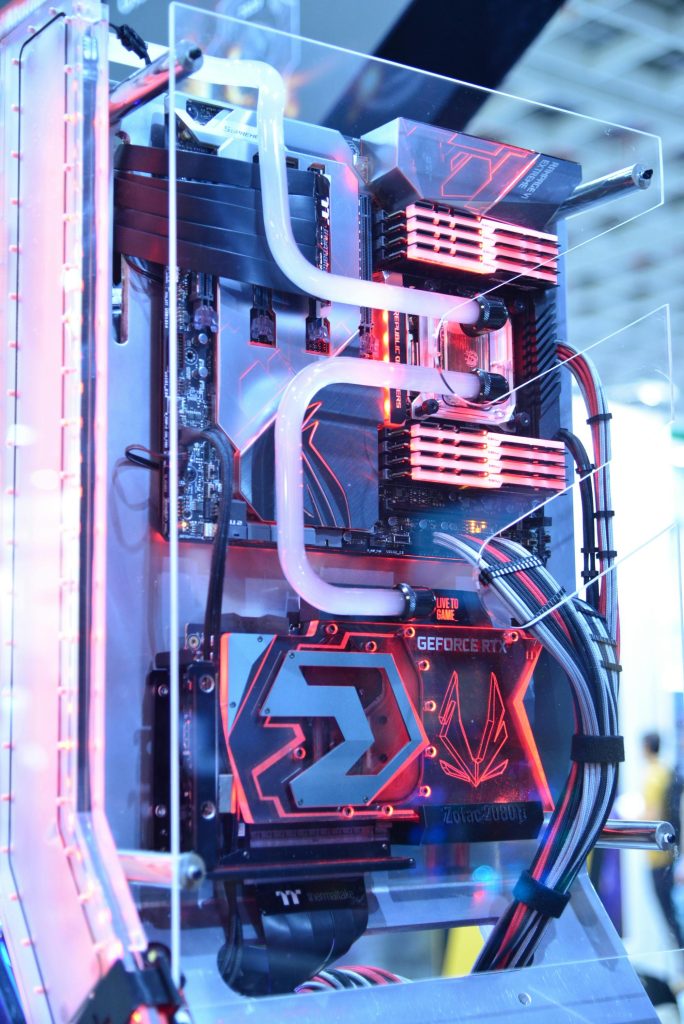Maximizing CPU Performance: Can the Ryzen 5 5600X Reach 4.8 GHz Using the Stock Wraith Cooler?
In the pursuit of optimal CPU performance, enthusiasts often explore overclocking and tweaking options to squeeze extra performance from their hardware. For owners of the AMD Ryzen 5 5600X, a popular mid-range processor known for its strong performance and efficiency, the question arises: Is it feasible to achieve a 4.8 GHz boost with the stock cooling solution?
Understanding the Constraints
The Ryzen 5 5600X is designed with a base clock of 3.7 GHz and an advertised boost clock of up to 4.6 GHz. While users can push beyond these figures via manual overclocking or software-based enhancements such as Precision Boost Overdrive (PBO) and Curve Optimizer, the thermal solution plays a critical role in maintaining stability and preventing thermal throttling.
The Stock Cooler – Wraith Stealth
AMD’s Wraith Stealth cooler, included with many Ryzen CPUs, offers adequate cooling for stock performance, but it’s generally not engineered for sustained high-heat and high-voltage scenarios typical of overclocking ventures. Pushing a CPU to 4.8 GHz on a stock cooler presents challenges, including elevated temperatures and potential for system instability.
Is Achieving 4.8 GHz on the Stock Cooler Possible?
Reaching an all-core or peak boost frequency of 4.8 GHz on the Ryzen 5 5600X using only the stock Wraith cooler is theoretically possible but highly unlikely to be practical or safe. Variability in silicon quality means some chips may achieve higher frequencies at lower voltages, but this is not guaranteed.
User Experiences and Considerations
Based on community reports and expert insights, achieving such high frequencies with the stock cooler often results in significant thermal stress:
- Temperatures may surpass safe operating limits, risking thermal throttling or hardware issues.
- Voltages required to stabilize the higher frequencies tend to increase, further raising temperature concerns.
- Sustained high-frequency overclocking under stock cooling is generally discouraged due to these thermal constraints.
Recommendations for Enthusiasts
If your goal is to optimize performance safely:
- Stick to AMD’s recommended boost frequencies, or consider modest overclocking with a good aftermarket cooler.
- Monitor temperatures closely using reliable software tools during any overclocking attempt.
- Upgrade cooling solutions if higher sustained overclocks are desired—air coolers or liquid cooling options
Share this content:



